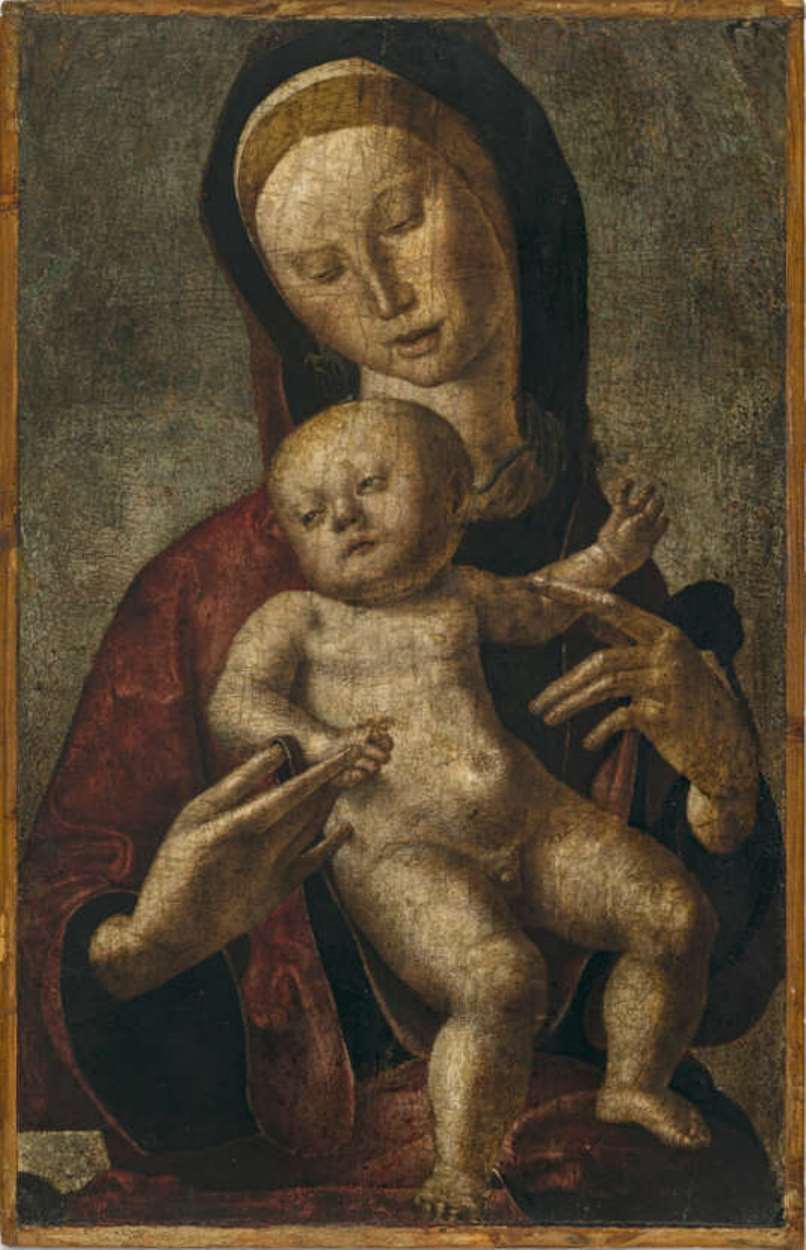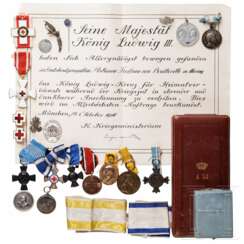sammlung alte meister




Frans Francken the Younger was a distinguished Flemish painter of the Baroque period, celebrated for his versatility and innovation in the art scene of the early 17th century. Born in 1581 in Antwerp, where he also died in 1642, Francken hailed from the prolific Francken family of artists, establishing himself as the most prominent among them. His contribution to Flemish art includes a wide array of subjects, spanning large altarpieces for churches to intricate cabinet pictures featuring historical, mythological, or allegorical themes.
Francken's work is particularly noted for his creation of collectors' cabinet paintings, a genre that depicted the interiors of collectors filled with art, curiosities, and natural specimens, embodying the era's intellectual pursuits and the burgeoning culture of connoisseurship. Moreover, Francken was instrumental in the development of singeries, humorous paintings featuring monkeys engaging in human activities, critiquing the follies of mankind through satire. His collaborative efforts with other artists enriched his work, allowing him to incorporate figures and narrative depth into various compositions, seamlessly blending his expertise with the landscapes, architectural settings, and still lifes created by his contemporaries.
Francken's artistic legacy is marked by his successful workshop, his role as a master in the Antwerp Saint Luke's Guild, and his significant influence on the development of new subject matter and genres within Flemish painting. His works, such as "Mankind's Eternal Dilemma: The Choice Between Virtue and Vice," remain celebrated for their detailed craftsmanship and symbolic richness, housed in prestigious museums including the Museum of Fine Arts, Boston.
For collectors and art history aficionados, Francken's oeuvre offers a rich tapestry of Baroque artistry, reflecting the dynamism of 17th-century Flemish culture and the depth of humanistic and religious themes explored during the period.
To delve deeper into the world of Frans Francken the Younger and to stay updated on new discoveries, sales, and auction events related to his works, consider signing up for specialized updates. This subscription is tailored for enthusiasts eager to explore the intersections of art, history, and culture, promising insightful content on one of Flemish art's most influential figures.



Icilio Federico Joni was an Italian artist known for his exceptional talent in producing forgeries, particularly of Quattrocento paintings. Born in Siena in 1866, Joni's career in art forgery began in a gilding shop, where he honed his skills with wood, plaster, and paint. His forgeries were so convincing that they made their way into renowned collections and questioned the boundaries between counterfeit and creative artistry.
Icilio Federico Joni's works include not only paintings but also forged book covers, imitating the historic Biccherne covers from Siena. His creations, like the Madonna with Child, Saint Mary Magdalene, and Saint Sebastian, showcase his profound ability to adopt and adapt the styles of historic Sienese painters like Neroccio di Bartolomeo and Matteo di Giovanni, infusing them with his own interpretations and variations.
Despite the initial secrecy surrounding his forgeries, Icilio Federico Joni's desire for recognition led him to openly discuss his deceptions in his autobiography. His techniques in aging his creations were so meticulous that they often confused even expert art historians, adding a layer of complexity to the debate over his legacy as either a master forger or a creative genius in his own right.
Joni's story is not just a tale of deception but also a commentary on the art market's vulnerabilities and the thin lines between imitation, inspiration, and fraud. For art collectors and experts, his life and works serve as a fascinating study in the dynamics of authenticity and value in the art world.
For those intrigued by the enigmatic world of art forgeries and the exceptional craftsmanship of Icilio Federico Joni, we invite you to sign up for updates. By subscribing, you'll receive notifications about new discoveries, exhibitions, sales, and auction events related to Joni's works and the fascinating realm of art history. Stay informed and delve deeper into the intriguing stories of art and authenticity.


Horst Janssen was a German graphic artist, printmaker, poster and illustrator. He created many drawings, etchings, woodcuts, lithographs, and woodcuts.
There is a museum dedicated to his legacy in Horst Janssen's hometown of Oldenburg. His works are represented internationally in major museums.


Horst Janssen was a German graphic artist, printmaker, poster and illustrator. He created many drawings, etchings, woodcuts, lithographs, and woodcuts.
There is a museum dedicated to his legacy in Horst Janssen's hometown of Oldenburg. His works are represented internationally in major museums.


Horst Janssen was a German graphic artist, printmaker, poster and illustrator. He created many drawings, etchings, woodcuts, lithographs, and woodcuts.
There is a museum dedicated to his legacy in Horst Janssen's hometown of Oldenburg. His works are represented internationally in major museums.


Horst Janssen was a German graphic artist, printmaker, poster and illustrator. He created many drawings, etchings, woodcuts, lithographs, and woodcuts.
There is a museum dedicated to his legacy in Horst Janssen's hometown of Oldenburg. His works are represented internationally in major museums.










































































